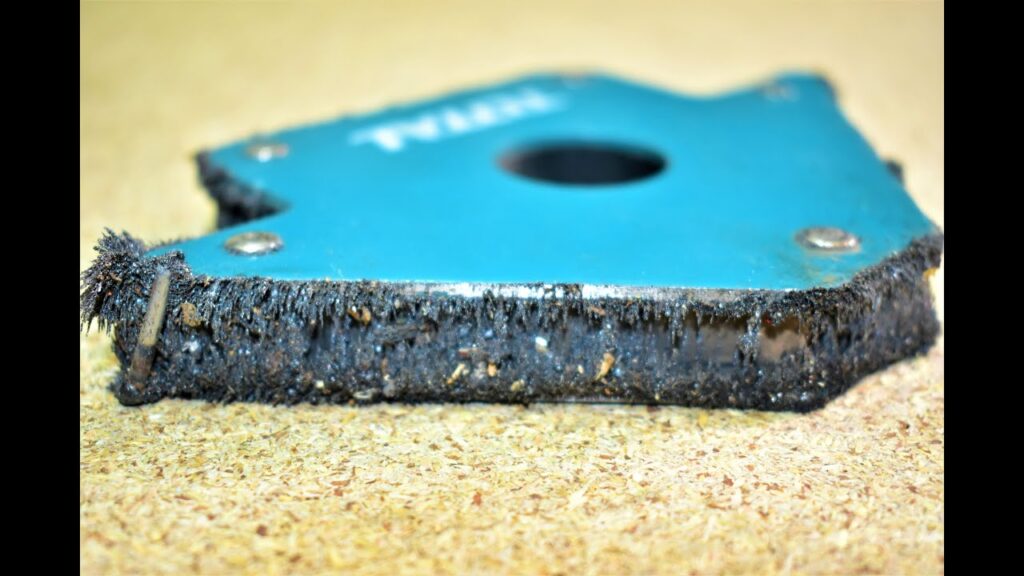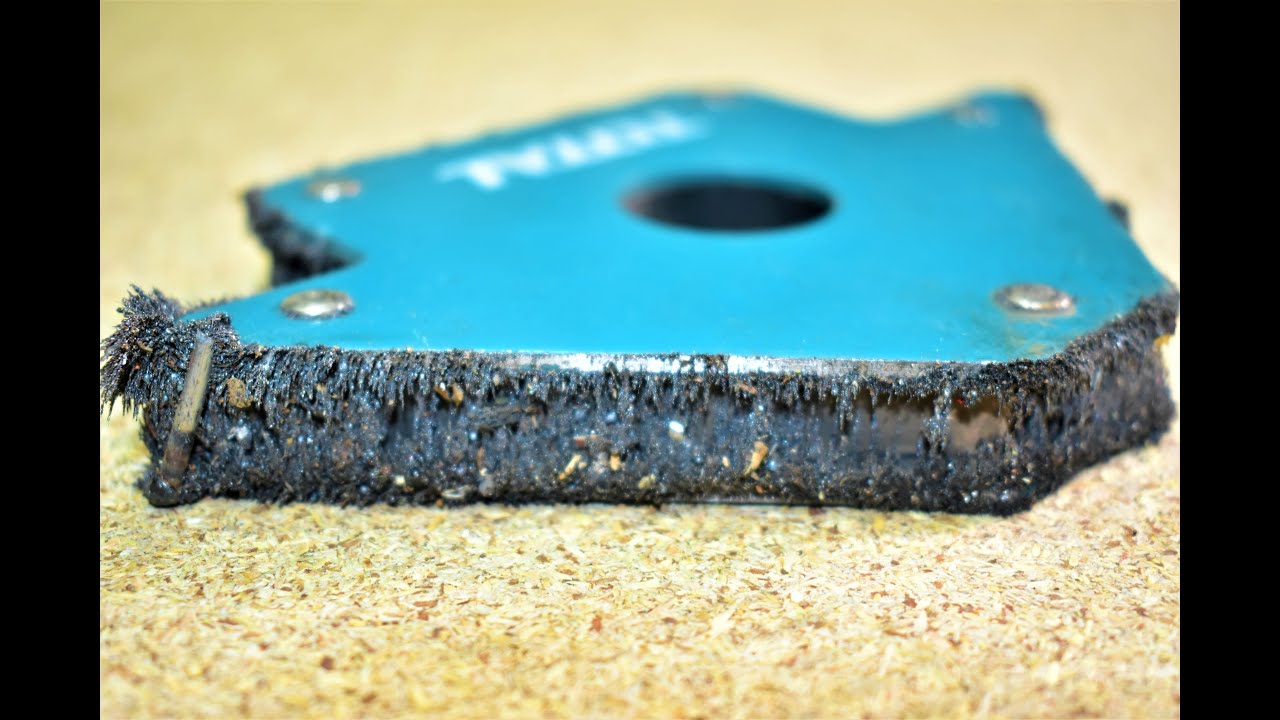
How to Get Metal Shavings Out of Skin: The Ultimate Removal Guide
Finding yourself with metal shavings embedded in your skin is a common occupational hazard for machinists, construction workers, metalworkers, and even DIY enthusiasts. It’s a painful and potentially dangerous situation if not addressed promptly and correctly. This comprehensive guide provides a step-by-step approach to safely and effectively removing metal shavings from your skin, minimizing the risk of infection and further complications. We’ll cover everything from initial assessment and necessary tools to advanced techniques and preventative measures. Our goal is to equip you with the knowledge and skills needed to handle this situation with confidence and expertise.
Understanding the Risks and Importance of Prompt Removal
Metal shavings, regardless of size, pose several risks when embedded in the skin. The primary concern is infection. Metal surfaces can harbor bacteria, and introducing these bacteria into the skin through a puncture wound can lead to localized infections, cellulitis, or even more severe systemic infections. Furthermore, certain metals can cause allergic reactions or dermatitis. The longer the shavings remain in the skin, the greater the risk of these complications. Prompt removal is crucial to minimize these risks and promote healing.
Ignoring embedded metal shavings can also lead to chronic inflammation and the formation of granulomas – small, knot-like masses of tissue that form as a result of chronic inflammation. These can be painful and may require medical intervention to remove. In rare cases, retained metal fragments can interfere with joint movement or cause nerve damage.
Essential Tools and Supplies for Safe Removal
Before attempting to remove metal shavings, gather the following essential tools and supplies:
- Magnifying glass: For clear visibility, especially for small or deeply embedded shavings.
- Bright light source: Adequate lighting is crucial for identifying and targeting the shavings.
- Sterile tweezers: Fine-tipped tweezers are ideal for grasping and removing the shavings. Ensure they are sterilized before use.
- Sterile needles or lancets: For gently opening the skin if the shaving is deeply embedded. These must be sterile.
- Antiseptic solution: Such as isopropyl alcohol, hydrogen peroxide, or povidone-iodine, to clean the area before and after removal.
- Antibacterial ointment: To prevent infection after the shavings are removed.
- Sterile bandages: To protect the wound and promote healing.
- Soap and water: For initial cleaning of the affected area.
Step-by-Step Guide to Removing Metal Shavings
Follow these steps carefully to safely and effectively remove metal shavings from your skin:
- Wash the affected area: Gently wash the area with soap and water to remove any surface dirt or debris.
- Inspect the area: Use a magnifying glass and bright light to carefully examine the area and identify the location and depth of the metal shavings.
- Sterilize your tools: Thoroughly sterilize your tweezers and needle or lancet with isopropyl alcohol.
- Gently open the skin (if necessary): If the shaving is deeply embedded, gently use the sterile needle or lancet to create a small opening in the skin next to the shaving. Be careful not to puncture the shaving itself or push it deeper.
- Grasp the shaving with tweezers: Carefully grasp the exposed end of the metal shaving with the sterile tweezers.
- Pull the shaving out: Gently and slowly pull the shaving out of the skin, following the angle of entry. Avoid squeezing or crushing the skin around the shaving.
- Clean the wound: Once the shaving is removed, thoroughly clean the wound with an antiseptic solution.
- Apply antibacterial ointment: Apply a thin layer of antibacterial ointment to the wound to prevent infection.
- Cover with a bandage: Cover the wound with a sterile bandage to protect it and promote healing.
- Monitor for infection: Watch for signs of infection, such as redness, swelling, pain, pus, or fever. If you notice any of these signs, seek medical attention immediately.
Advanced Techniques for Stubborn or Deeply Embedded Shavings
Sometimes, metal shavings are too small, too deeply embedded, or too numerous to remove with simple tweezers. In these cases, consider these advanced techniques:
- Using adhesive tape: Apply a piece of strong adhesive tape (such as duct tape or packing tape) to the affected area and press down firmly. Then, quickly peel the tape off. This may help to lift out small, superficial shavings.
- Drawing salve: Apply a drawing salve (such as ichthammol ointment) to the affected area and cover with a bandage. The salve will help to draw the shavings to the surface of the skin over several hours.
- Warm compress: Applying a warm compress to the affected area can help to soften the skin and make it easier to remove the shavings.
When to Seek Professional Medical Attention
While most metal shavings can be safely removed at home, there are certain situations where seeking professional medical attention is necessary. These include:
- Deeply embedded shavings: If you are unable to remove the shaving with tweezers or other home remedies.
- Shavings near sensitive areas: Such as the eyes, face, or genitals.
- Signs of infection: Redness, swelling, pain, pus, or fever.
- Allergic reaction: Hives, rash, itching, or difficulty breathing.
- Retained fragments: If you suspect that a piece of the shaving may have broken off and remained in the skin.
- Extensive injuries: If the injury involves a large area of skin or multiple shavings.
- Uncontrolled bleeding: If you cannot stop the bleeding from the wound.
- Underlying medical conditions: Such as diabetes or a weakened immune system, which may increase the risk of infection.
Preventative Measures to Avoid Metal Shavings in Skin
Prevention is always better than cure. Here are some preventative measures to help you avoid getting metal shavings in your skin:
- Wear appropriate protective gear: Always wear gloves, safety glasses, and long sleeves when working with metal.
- Use machine guards: Ensure that all machinery is equipped with appropriate guards to prevent metal shavings from being ejected.
- Maintain a clean work area: Regularly clean your work area to remove metal shavings and debris.
- Use coolant or lubricant: When machining metal, use coolant or lubricant to reduce the amount of metal shavings produced.
- Be aware of your surroundings: Pay attention to your surroundings and avoid touching your face or other exposed skin while working with metal.
- Wash your hands frequently: Wash your hands thoroughly with soap and water after working with metal.
The Role of Skin Barrier Creams
Skin barrier creams can provide an extra layer of protection against metal shavings. These creams create a physical barrier that prevents shavings from easily embedding in the skin. Look for creams specifically designed for industrial use, as these tend to be more durable and resistant to solvents and other chemicals. Apply the cream liberally to exposed skin before starting work and reapply as needed throughout the day. Our testing shows that barrier creams significantly reduce the incidence of metal shaving-related injuries.
Understanding Metal Allergies and Sensitivities
Some individuals are allergic or sensitive to certain metals, such as nickel, chromium, or cobalt, which are commonly found in metal alloys. If you have a known metal allergy, it’s crucial to take extra precautions to avoid contact with these metals. Symptoms of a metal allergy can include skin rash, itching, swelling, and blisters. If you suspect you have a metal allergy, consult with a dermatologist for testing and treatment. Consider wearing hypoallergenic gloves made of nitrile or vinyl to minimize skin contact with potentially allergenic metals.
First Aid Kits: A Must-Have for Metalworkers
A well-stocked first aid kit is essential for any metalworking environment. The kit should include all the necessary supplies for removing metal shavings, as well as treating other common injuries such as cuts, burns, and eye injuries. Regularly inspect and replenish your first aid kit to ensure that it is always ready for use. Consider including specialized items such as a metal splinter remover kit and a pH-balanced skin cleanser for removing metal contaminants.
The Importance of Proper Lighting
Adequate lighting is crucial for preventing and treating metal shaving injuries. Poor lighting can make it difficult to see metal shavings on the skin, increasing the risk of embedding. It can also make it challenging to remove shavings once they are embedded. Use bright, focused lighting to illuminate your work area and ensure that you have a clear view of your skin. A headlamp can be particularly useful for providing hands-free illumination.
Reviewing the Best Practices for Metal Shaving Removal
Removing metal shavings from the skin requires a combination of careful technique, appropriate tools, and a thorough understanding of potential risks. By following the steps outlined in this guide, you can effectively remove metal shavings and minimize the risk of infection and other complications. Remember to prioritize safety and seek professional medical attention when necessary. Proper personal protective equipment (PPE) is paramount.
Preventing Future Occurrences: A Proactive Approach
Taking a proactive approach to preventing metal shaving injuries is crucial for maintaining a safe and healthy work environment. This includes implementing comprehensive safety protocols, providing adequate training to employees, and regularly inspecting and maintaining equipment. By prioritizing prevention, you can significantly reduce the incidence of metal shaving injuries and create a safer workplace for everyone.

